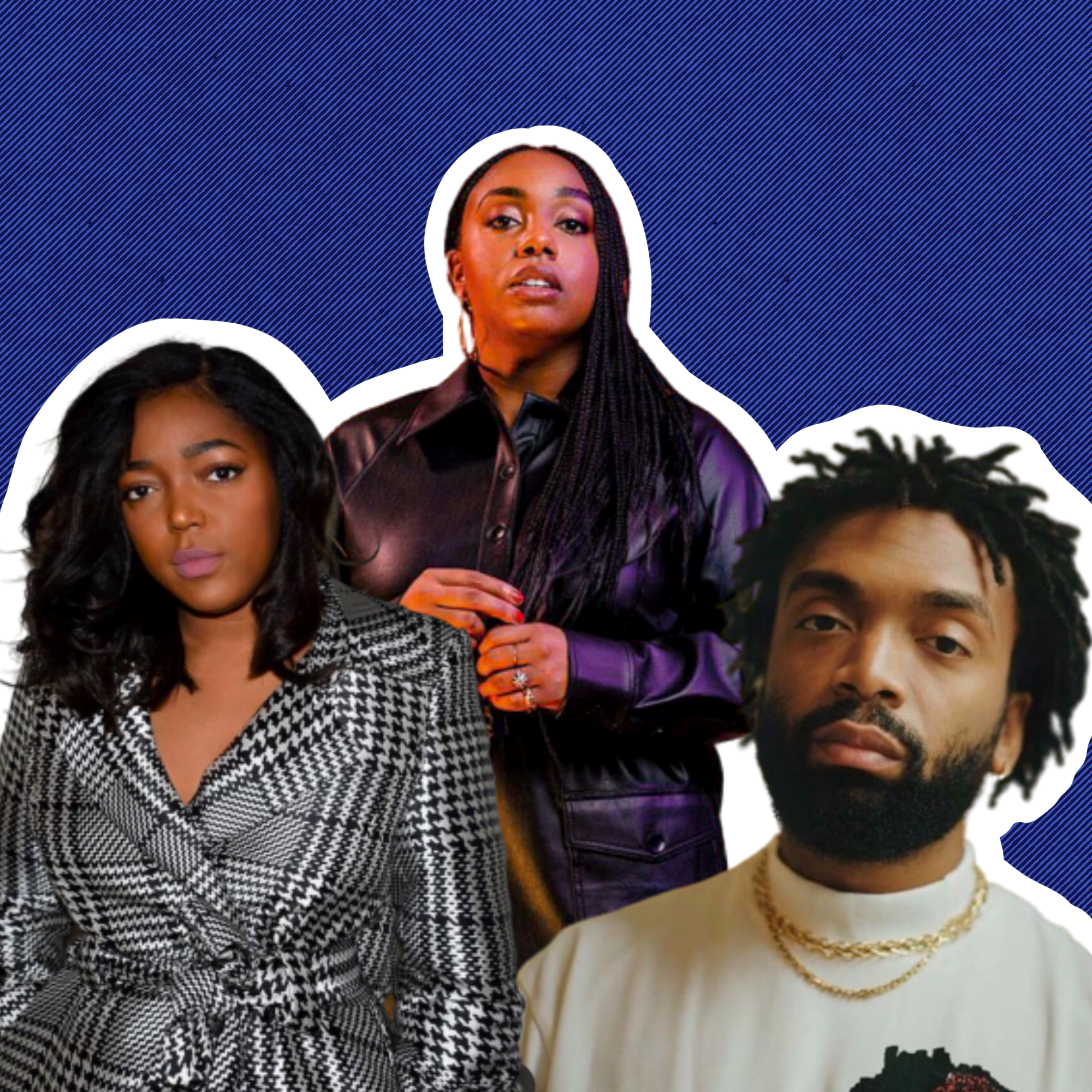This is the Black Fashion Revolution
Through their daily work, Black fashion pioneers affirm Black Lives Matter.
Being Black in fashion is political. Just ask living fashion archive Dapper Dan who was reprimanded in the 90s by fashion houses Gucci and Louis Vuitton among others for repurposing their luxury leather goods into custom made clothing, only to be emulated by these same brands in the late 2000s. It’s an industry where invisible codes silence the presence of Black voices while being driven by the product of Black ideas. And all too familiar Eurocentric culture of Black bodies being seen but not heard. I know this personally to be true. As a Ghanaian-American woman raised by a Black seamstress executive, I’ve seen my fair share of shrinking down in White spaces. I remember the ways my mom would change the intonation of her voice, consciously or subconsciously, to navigate these codes. To belong. I still hear remnants of this voice whenever White people are around.
It’s for this reason that I find a constant need to address issues within the fashion industry through the lens of race and society at large. And now is the time if ever to do so. It’s by no coincidence that my first article as Editor for But Make It Fashion is about race and fashion. I — and those who look like me in fashion — do not have the luxury to write coincidentally. So we choose to address systemic racism through the camouflaged vehicle of vanity to a White audience majority. Our voices are different, but our pain is the same. In the case of “Black Lives Matter,” and the recent murderers of Ahmaud Arbery, Breonna Taylor, and George Floyd on camera, we feel this duty more strongly than ever.
This is evident through the work of Teen Vogue Editor In Chief Lindsay Peoples-Wagner (LPW), who addresses her White colleagues quite frequently and unapologetically on their racial bias. In her #ShareTheMic takeover of women’s ready-to-wear brand Diane von Furstenberg’s Instagram, Lindsay is no stranger to gathering Black experiences to critique and provide solutions to the White powers-that-be at Condè Nast or otherwise. Lindsay uses storytelling to hold toxic White structures accountable for their many apologies. And yet she is most brilliant when rallying the Teen Vogue team to publish beautiful, unsuspecting visuals that convey deeply profound Black truths. Her editorial direction is an effective way of using your platform to actively educate White youth on invoking change against the systemic racism of their ancestors ideals.
Tactics like these make it impossible to look away. Through the continued multifaceted efforts of the few yet impactful Black figures in the predominantly White world of fashion, toxic gatekeepers are being forced to listen. Designers like Kerby Jean-Raymond of Pyer Moss at the forefront of the conversation. Through his platform and collections, Kerby amplifies injustice and the tireless work of organizations like Mapping Police Violence and the 15 Percent Pledge to preserve Black lives and communities. His SS16 collection illustrated drips of innocent Black blood over the top white shoes. Post the collection’s NYFW debut, Kerby refused to be labeled “streetwear” or “urban,” viewing it as a systemic attempt to dilute his message. Most recently he’s exploring different fashion forms, by styling and directing “Sue Me,” written by rapper Wale Folarin as a satirical music video on race. The video addresses racial profiling by placing White men in Black shoes and to date, has over 700,000 views.
All of these efforts are revolutionary in transforming the system outwardly through consumers who love to know and wear what’s current. While some Black figures in fashion express themselves reminiscent of MLK Jr. in the form of inclusion and policy change, designers like social-driven Fear of God’s Jerry Lorenzo, 3D Trailblazer Anifa Mvuemba and Grenadian luxury resort designer Fe Noel, make their own lane and Malcolm X the whole thing. Regardless of where these efforts fall on the spectrum, both perspectives are valid when they hold fashion executives accountable for ignoring Black pain. They affirm reform over White guilt, and the need of Christopher Rogers to be known as well as Oscar De La Renta.










